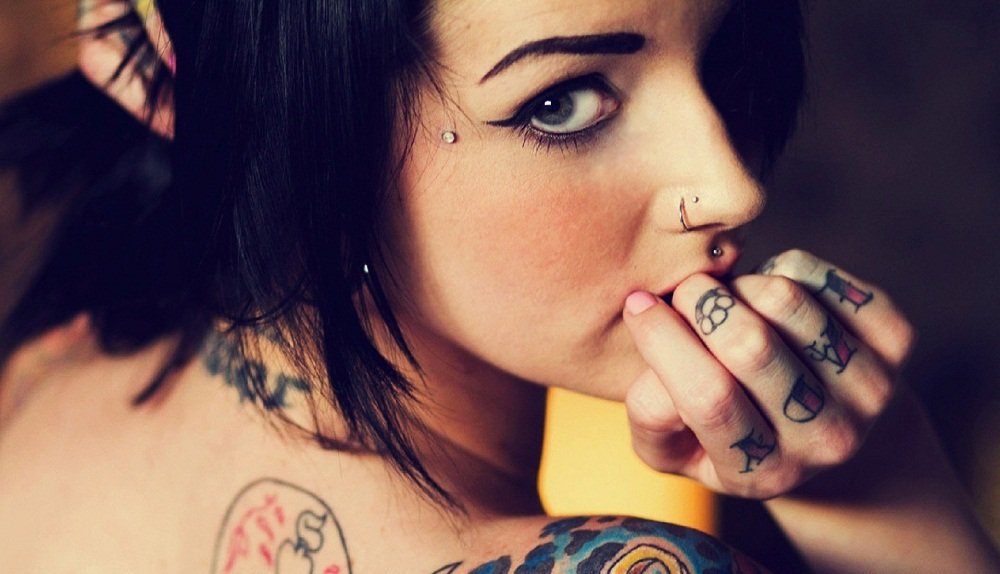Finding out you that are expecting is a wonderful moment in any woman’s life. During the time leading up to the birth, your body will undergo many physical changes as the baby grows. However, one of the least obvious, and often overlooked, is the way in which pregnancy, and then childbirth, can change the quality and characteristics of your hair.
From the moment of conception, your body works to provide optimal conditions for the growing child. The new variations in hormone levels often boosts hair growth and a positive side effect is that many women will notice longer, thicker and shinier hair. However, once the baby arrives, things can take a turn for the worst. All of the beautiful hair grown over the past approximate 9 months can suddenly start falling out or thin at an alarming rate.
Must Read: Pregnancy Tips For First Time Moms
Each hair goes through 3 distinct cycles and will continually loop back around to start again once the cycle is complete.
- Anagen – the growth phase, lasts between 4-7 years. This is the longest phase and determines how long the hair will grow. Genetic and environmental factors can alter its length, but on average the hair will grow about ½ an inch every month.
- Catagen – transition phase, the follicles begins to shrink, this lasts about 2 weeks.
- Telogen – the shedding phase, this is when the hair will detach and fall from the scalp, last about 3 months.
In general only 10-15% of hair will be in the Telogen phase. This is the hair we see on our brush, clothes and everywhere else.
“Postpartum hair loss“, also called “telogen effluvium”, is caused by hormones that fluctuate once the baby is delivered. During pregnancy, estrogen levels rise significantly and cause the growth phase (also known as the anagen phase) of the hair cycle to be extended. So, during pregnancy, 9 months all hair will be in the anagen phase and then at childbirth suddenly the drop in progesterone causes the majority of hairs to be pushed into the next phase. The hormonal system is quite slow. Therefore, it generally can take up to 3 months, post-childbirth, for the catagen and telogen phases to surface. Plus, many women find that breastfeeding will prolong the shedding phase as the internal environment in the body is still constantly changing.
Hair loss caused by these hormonal changes will generally subside within 9 to 12 months and then return to its normal cycle. While, it is a completely normal occurrence, hair loss and thinning caused by childbirth can cause significant stress, anxiety and embarrassment.
If you are experiencing postpartum hair loss then the first thing to do is not worry. It is normal and you should consult with a physician about the best way to approach it. Most likely, you will be told that your body will adapt and correct itself within a few months.
Further, it is important to note that this type of hair loss and thinning will not cause permanent baldness as the hair is still growing.
Finally, if you would like to help minimize postpartum hair thinning or loss, then you can consider using a product which helps to extend the anagen growth phase and stimulates hair growth, such as the Hair Restoration Laboratories’ Hair Restore Shampoo and Conditioner Set, available at www.hairrestorelabs.com.
This Set helps reverse hair loss with clinically-proven hair loss fighting ingredients, such as caffeine, saw palmetto, black cumin seed oil, cayenne fruit extract, rosemary leaf oil, pumpkin seed oil, green tea leaf extract and many more. The Set also contains a proprietary blend of extracts, amino acids, oils, antioxidants and nutrients that will deeply condition your hair, nourish hair follicles and encourage healthy hair growth. Plus, only natural and safe ingredients are used and there are no side effects, making it perfect for new or expecting mothers.








